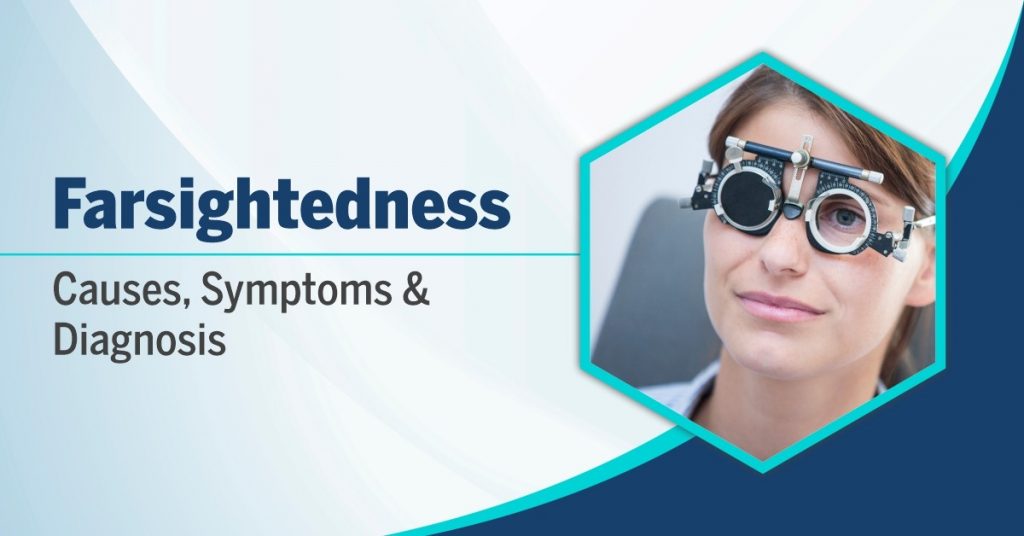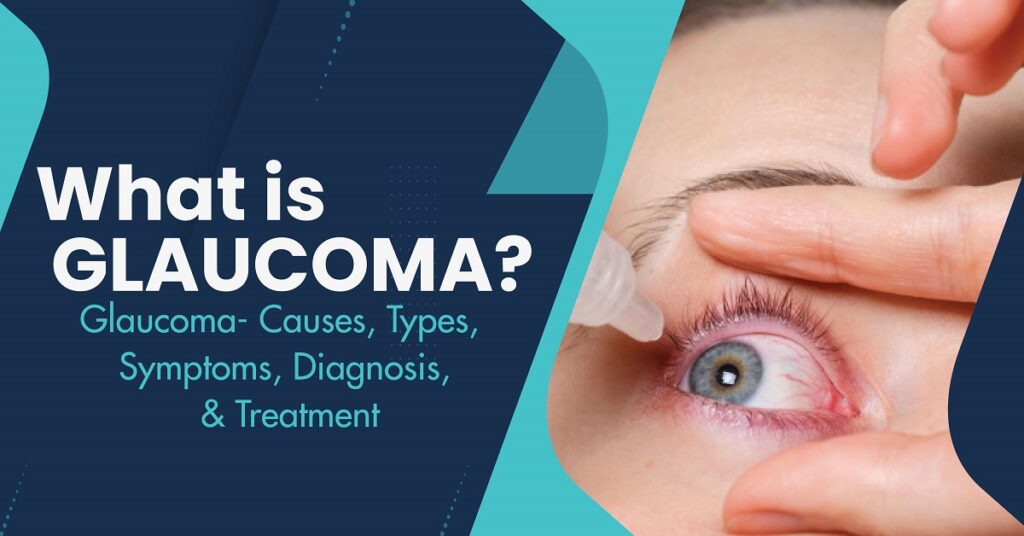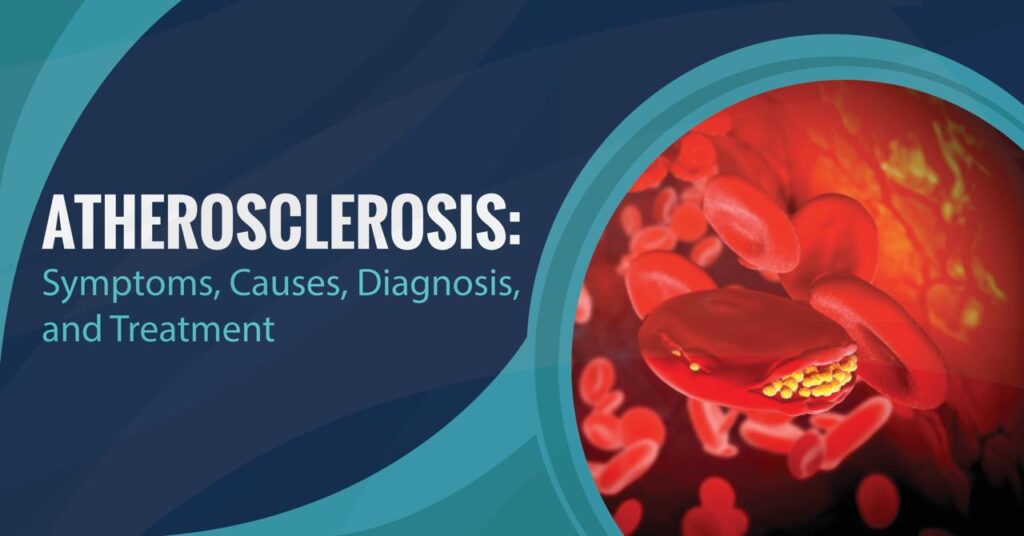Hyperopia, or farsightedness, affects 5% to 10% of Americans. Farsighted people can see distant objects, but they have difficulty focusing on close objects.
An eye specialist can perform simple, painless eye tests and prescribe eyeglasses, contact lenses, or LASIK surgery if you’re experiencing blurred vision, headaches, or squinting a lot.
What is Farsightedness?
A farsighted person can see things that are far away, but close-up objects are blurry. The technical name for farsightedness is hyperopia. 5 to 10 percent of American adults are farsighted, according to the National Eye Institute Trusted Source.
To understand farsightedness, it’s important to learn how the normal eye works. The cornea is the corneal surface of your eye, and the lens is the lens inside your eye. Corneas are the clear front surfaces of your eyes. During focusing on objects, your eye’s lens changes shape.
Together, the cornea and lens bend light into a beam that is focused onto your retina at the back of your eyeball. Your retina receives visual information from your incoming light and forwards it to your optic nerve, which carries it to your brain.
The cornea and lens of your eye must be perfectly curved to see an image that is perfectly focused. If the cornea varies, you can’t see properly.
Depending on how well your eyes can focus on close-up objects, there are varying degrees of farsightedness. If you are only able to see objects very far away, then you are severely farsighted.
Many people can correct their farsightedness with prescription eyeglasses or contact lenses. Others undergo refractive surgery.
Causes of farsightedness:
Human eyes are capable of focusing because of two parts.
The cornea: The cornea is the clear, front part of the eye which receives and concentrates light.
The lens: Light is focused onto the retina by the cornea, a transparent structure inside the eye.
Light is detected by the retina, which is a layer of nerves at the back of the eye, which sends impulses to the brain via the optic nerve.
Dedicated light signals formed by the retina are carried by the optic nerve to the brain and then interpreted as images by the brain.
It is ideal for an eye to having a perfectly flat cornea and a perfectly curved lens. When this happens, an image gets sharply focused on the retina because the cornea and the lens refract the incoming light rays.
Ideally, an eye’s cornea and lens should be flat and properly curved so that images focus on the retina sharply. In this way, the cornea and lens refract light rays that enter the eye.
In addition to hyperopia, refractive errors also cause myopia, short-sightedness, and astigmatism. Because of the imperfect shape, light rays concentrate at a point behind the retina, not onto it. When close-up objects are seen, the light hasn’t been bent properly by the lens and cornea, which results in blurry vision.
The majority of people who are born with hyperopia can focus on distant objects during childhood. However, as they grow older even distant objects may become more difficult to see.
In rare cases, farsightedness may result from:
- diabetes
- tumors
- The macula (fovea), a small area on the retina, is underdeveloped in an uncommon medical condition known as macular hypoplasia.
Macular hypoplasia is often associated with albinism. It is believed that farsightedness is inherited, which means it can be passed down from generation to generation.
Symptoms of farsightedness:
Symptoms of farsightedness are as follows :
- Difficulty seeing objects fairly close to the eye: When you are reading a book, threading a needle, or assembling small parts of a model, you may notice your vision is blurred.
- Headaches: The eye muscles may be overworked and unable to focus.
- Crossed eyes in children: In children with severe farsightedness, due to extreme attempts to focus, both eyes can appear crossed (turning inward toward the nose), known as accommodative esotropia. It can occur continually or from time to time.
Since young eyes are so good at accommodating, many people with short eyes do not show symptoms of farsightedness during childhood and adolescence.
The process of accommodation can become less effective over time as aging changes in the lens, and symptoms of farsightedness eventually emerge.
Diagnosing Farsightedness:
The eye doctor can diagnose farsightedness with a basic eye exam.
- A doctor will first check your vision using an eye chart at different distances.
- A dilated eye exam may be recommended based on the results. In this procedure, your eye doctor places drops in your eyes so that your pupils will widen (dilate). This will allow him to see your retina more clearly.
- A magnifying lens is used by your doctor to examine your eyes more closely.
- Your vision will also be corrected using various lenses so that close objects will appear clearly.
Children who cannot read letters or symbols from a far distance often have nearsightedness, as school vision tests rarely detect farsightedness in them. Schools normally test far vision by having a child stand across the room from a chart that contains letters or symbols.
It is important to learn the cause of any vision problems your child as if he or she doesn’t pass a vision test at school. Children should see an eye specialist if they don’t pass the vision test at school. An eye specialist will also check the close-up vision of children.
Your child should also be seen by an eye doctor if squinting frequently, complaining of headaches, having difficulty in school, or complaining of blurry vision.
Treating farsightedness:
Using corrective lenses or refractive surgery, farsightedness can be treated by focusing light on the retina.
Prescription lenses
Treatment is not always necessary in young people because their eyes have flexible crystalline lenses that compensate for the problem. As you age and the lenses inside your eyes become less flexible, you may need prescription lenses to improve your near vision depending on your degree of farsightedness.
Wearing prescription lenses can remedy farsightedness by compensating for your eye’s smaller size or the curvature of its cornea. Types of prescription lenses include:
- Eyeglasses: The variety of eyeglass lenses includes single vision, bifocals, trifocals, progressive multifocal, etc. It is a simple, safe way of improving the quality of your vision caused by farsightedness.
- Contact lenses: There are many materials and styles of these lenses which can be worn right over the eyes. They come in spherical, toric, multifocal, and monovision designs, as well as gas permeable, soft and rigid. Contact lenses have pros and cons, and your eye doctor can explain them to you.
Refractive surgery:
The majority of refractive surgical procedures are used for treating nearsightedness, but they can also be used to address mild to moderate farsightedness. Farsightedness is treated through a reshaping of the cornea. Refractive surgery includes:
- Laser-assisted in situ keratomileuses (LASIK): It is a relatively simple procedure that involves making a thin, hinged flap into your cornea and then adjusting the curve of your cornea with a laser. Recovery after LASIK surgery is generally quicker and less painful than that following other corneal surgeries.
- Laser-assisted subepithelial keratectomy (LASEK): Using a laser, the surgeon reshapes the cornea’s outer layers, changing the curve, and then replaces the epithelium with a thin flap only in the cornea’s outer protective layer.
- Photorefractive keratectomy (PRK): It is similar to LASEK, except the epithelium is completely removed before the laser is used to reshape the cornea. The epithelium is not replaced, so it will naturally grow back according to your cornea’s new shape.
You can also Read: EAR INFECTIONS: CAUSES, SYMPTOMS, RISK FACTORS AND TREATMENT
Preventing farsightedness:
The following steps can help keep your eyes healthy if you suffer from farsightedness:
- Eat a nutritious diet: It is particularly beneficial to consume leafy greens, as well as fish rich in omega-3 fatty acids.
- Get regular eye exams: It is possible to have eye problems diagnosed by a healthcare provider even before symptoms manifest.
- Wear sunglasses, even on cloudy days: Make sure you wear sunglasses that block at least 99% of UV radiation from the sun.
- Rest your eyes regularly: Whenever you spend more than 20 minutes using a computer or reading, it is a good idea to look away for a few seconds every 20 minutes.









